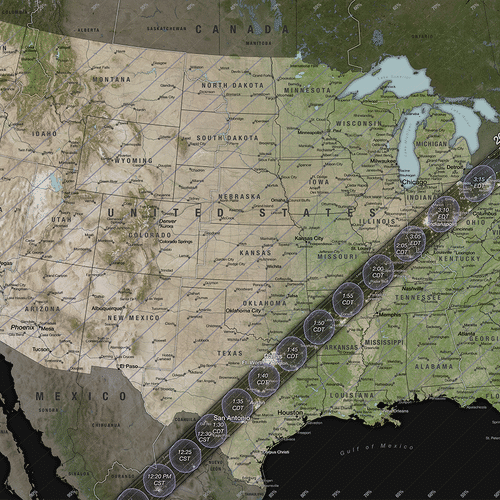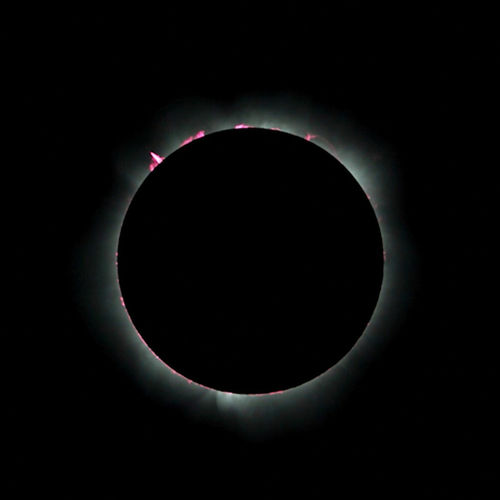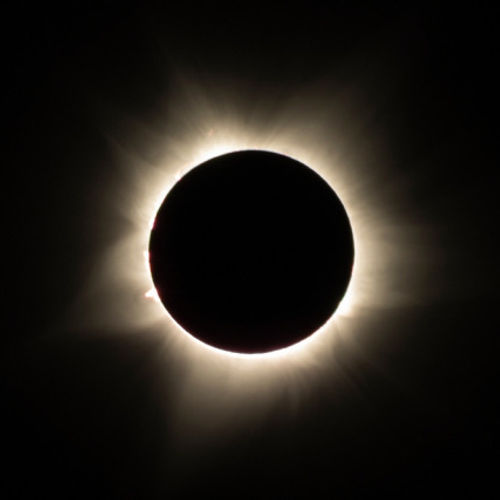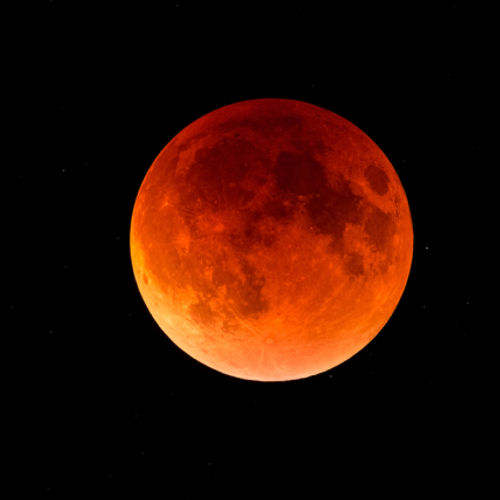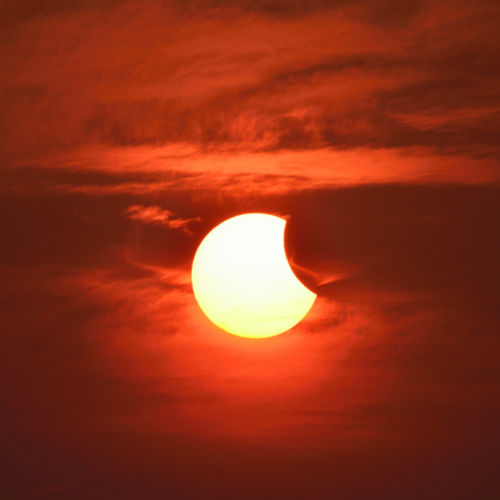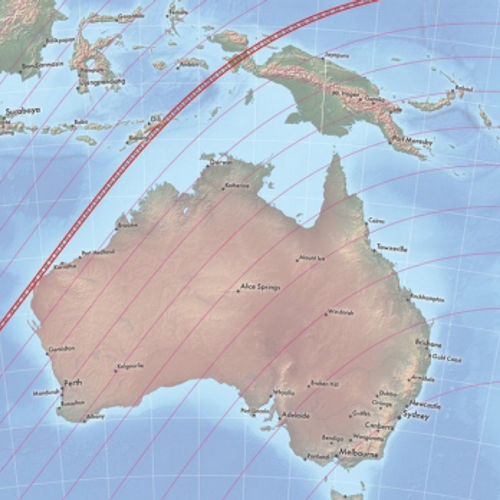
| Added | Fri, 21/04/2023 |
| Источники | |
| Дата публикации | Fri, 21/04/2023
|
| Версии |
On the morning of April 20, a hybrid solar eclipse occurred, which was observed by residents from different parts of the planet. The full phase of this rare natural phenomenon could be seen in the east of East Timor, in some parts of West Papua and on the Exmouth Peninsula in Western Australia.
In other regions of the world, a partial phase of the eclipse was observed, including the southern Indian Ocean, parts of Antarctica, Indonesia, the Philippines, as well as most of Oceania, Southeast Asia and the western Pacific Ocean. The maximum phase of the eclipse occurred at 07:17 Moscow time.
The next hybrid solar eclipse, the inhabitants of the Earth will be able to see only in ten years - on November 14, 2031. And three years later, on October 14, 2023, an annular solar eclipse will take place, the maximum phase of which can be observed in the United States, Central America, Colombia and Brazil.
Last October, residents of Russia were able to see a private solar eclipse. The maximum phase of this phenomenon reached 0.71 in Moscow and 0.67 in St. Petersburg. Every solar eclipse is a unique event that makes us admire the power and beauty of nature.
Hybrid solar eclipses are rare natural phenomena that occur when the Moon overlaps the Sun, but not completely. Unlike total solar eclipses, hybrid eclipses can only be visible in certain parts of the Earth and for a limited time.
Solar eclipses are of great scientific importance because they allow us to explore the atmosphere of the Sun and study its magnetic field. In addition, solar eclipses can affect the climate and weather on Earth.
Experts also note that observing solar eclipses can be dangerous for the eyes, so it is necessary to use special eye protection when observing this phenomenon.
In general, solar eclipses continue to be one of the most exciting and amazing natural phenomena that can be observed on Earth.
Новости со схожими версиями
Log in or register to post comments

